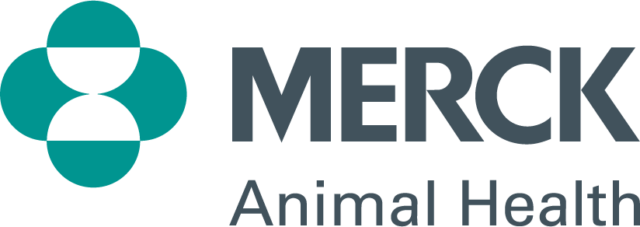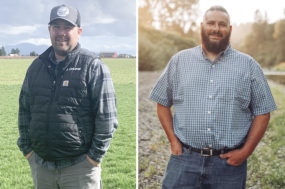Tough economic times in the dairy industry call for refined breeding and feeding management techniques. With the ever-increasing cost of feed, dairy producers are looking for ways to minimize feed costs, particularly in rearing replacement heifers. Another struggle is finding a market for their excess bull calves.
A new breed-to-beef A.I. program is a unique opportunity for dairy farmers to reach these goals while utilizing the best economic approach.
The program began in 2012 through a partnership with Wulf Cattle (Morris, Minnesota), a premier Limousin breeder since 1955, Riverview Dairy LLC (Morris, Minnesota) and Genex Cooperative Inc.
The benefits of this terminal-cross feeder calf include “a premium for the feeder calf out of the feedlot, improving dairy herd genetics and getting more money for bull calves through contracting the feeder calf,” explains Anthony Ekren of Wulf Cattle.
The overall goal of the program is to have a market for otherwise classified dairy feeder calves. “When you look at today’s economy, dairies are producing more replacement heifers than they need.
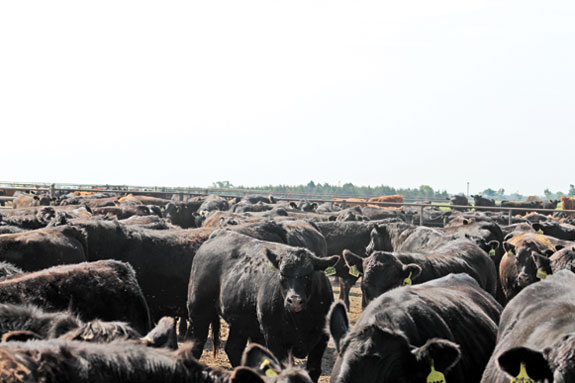
Dairies are now identifying the best group of cows and using sexed semen on them for future cow replacements.
The lower-ranking group of cows are part of the terminal-cross program,” explains Amy te Plate-Church, national alliance manager, Genex.
Three-and-a-half years ago, Riverview Dairy was looking for ways to add value to Jersey bull calves.
They found that value through the terminal crossing of a Limousin and the Jersey.
Breeding to Feeding features proven Limousin and Lim-Flex genetics from Wulf Cattle after testing at Riverview Dairy.
“They are hand-picking the genetics they want to use on the calf, so they are essentially using the same sire over thousands of cows – guaranteeing a quality calf,” Ekren states.
To combine the findings, programs such as DairyComp 305 are helpful. “Those programs aren’t as prevalent on the beef side because beef cows are on pasture and sires can’t be tracked as accurately.
With dairy programs and calving pens, the sire can be followed from the calf through the feedlot to look at efficiency and carcass quality the sire brings,” continues Ekren. Thus allowing Genex to collect the bull and market the semen to dairies.
The sustainable, resource-efficient program that focuses on adding value to feeder calves is essential for dairy farmers in today’s economy. As the farmer improves genetics, the part of the herd bred with Wulf Limousin or Lim-Flex semen has a guaranteed calf buy-back process.
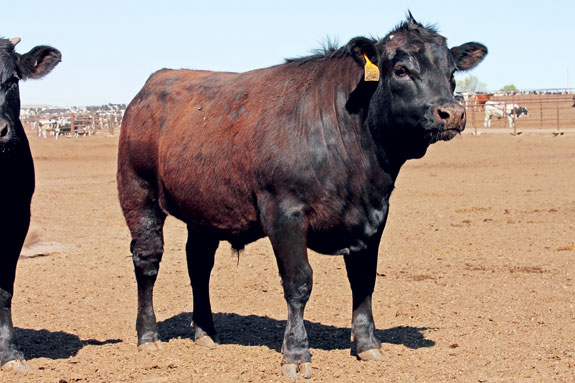 “The partnership with Wulf (Cattle) completed the links in the supply chain.
“The partnership with Wulf (Cattle) completed the links in the supply chain.
They bring excellent and desirable genetics and offer buy-back assurance. It’s a win-win for everyone,” says Church.
The benefit to dairy producers doesn’t end at buy-back assurance.
“Very specifically, a dairy can reduce the overhead cost of raising replacements because they can identify more precisely the number and quality of heifers needed as replacements,” Church continues.
Genex also works with dairies to help producers determine the program success and can also use the Calf Math calculator to determine the number of calves a dairy needs to reach their genetic goals.
The program is successful in large part due to the beef breed selection: Limousin. This beef breed boasts a low birthweight, making it feasible for Jerseys to calve in with a tested 98.8 percent calving ease.
In addition, “The Limousin breed strengths combat the Jersey breed’s weaknesses in size and carcass weights,” Jerry Wulf, president of Wulf Cattle, explains.
The Limousin breed is also a great, feed-efficient performer in the feedlot, contrary to Jersey feeder calves alone, who are not practical feedlot animals.
“Jerseys alone produce a 7-inch to 8-inch ribeye and great marbling which, combined with a Limousin’s 16-inch ribeye and lean meat, ensures premiums,” explains Adam Zeltwanger, Wulf Cattle.
In addition, a premium is paid by Wulf Cattle to buy back these feeder calves.
“There are two million more feedlot spaces than we have feeder cattle to feed in the U.S.,” Zeltwanger says.
This means these feeder calves are in high demand.
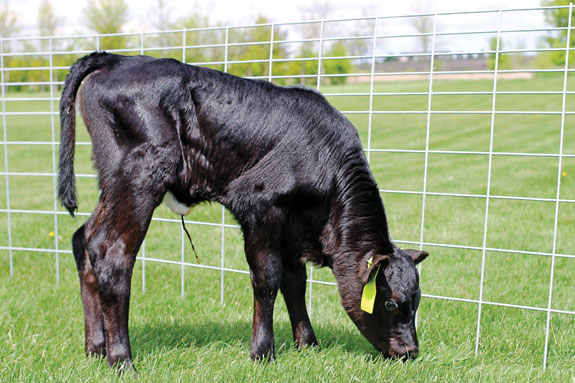 “We are looking for a supply of high-quality feeder cattle, and what used to be a low-end feeder calf can now raise to a high-end feeder calf,” Wulf states.
“We are looking for a supply of high-quality feeder cattle, and what used to be a low-end feeder calf can now raise to a high-end feeder calf,” Wulf states.
A dairy bull calf alone isn’t as valuable to the dairy farmer or the feedlot operator.
The ability to be more feed-efficient in the feedlot is the difference between making money and losing it.
This strong feedlot performance of the Limousin x dairy cross follows strong performance at the packing plant, with 2013 numbers showing 85 percent choice or above with yield grades averaging between two and three.
“When it comes to the carcass, it can be sold as a beef carcass rather than a dairy carcass, providing higher premiums as it delivers superior quality,” Ekren says.
With dairies facing economic uncertainty, new and innovative management techniques like the Breeding to Feeding program are essential to success. Wulf explains, “The program brings solutions to both industries (beef and dairy) and adds value to the carcass at the processing plant.”
This program also allows dairy producers to continuously improve genetics while supplying feedlots with consistent quality crosses of Limousin x Jersey and Lim-Flex x Holstein. This program provides the best of both worlds as a win-win situation to dairy and beef producers. PD
Stephanie Kasper is a senior majoring in agricultural education at the University of Minnesota – Twin Cities.
PHOTOS
TOP RIGHT: Jerry Wulf, president of Wulf Cattle, with a group of Limousin x Jersey feeder cattle at a Wulf Cattle feedlot.
TOP MIDDLE RIGHT: A view of Limousin x Jersey crosses at Wulf Cattle Feedlot.
BOTTOM MIDDLE RIGHT: A close-up of one of the Limousin x Jersey steers in the feedlot.
BOTTOM RIGHT: A view of Limousin x Jersey calf from Riverview Dairy. Photos courtesy of Amy te Plate-Church, Genex CRI.


